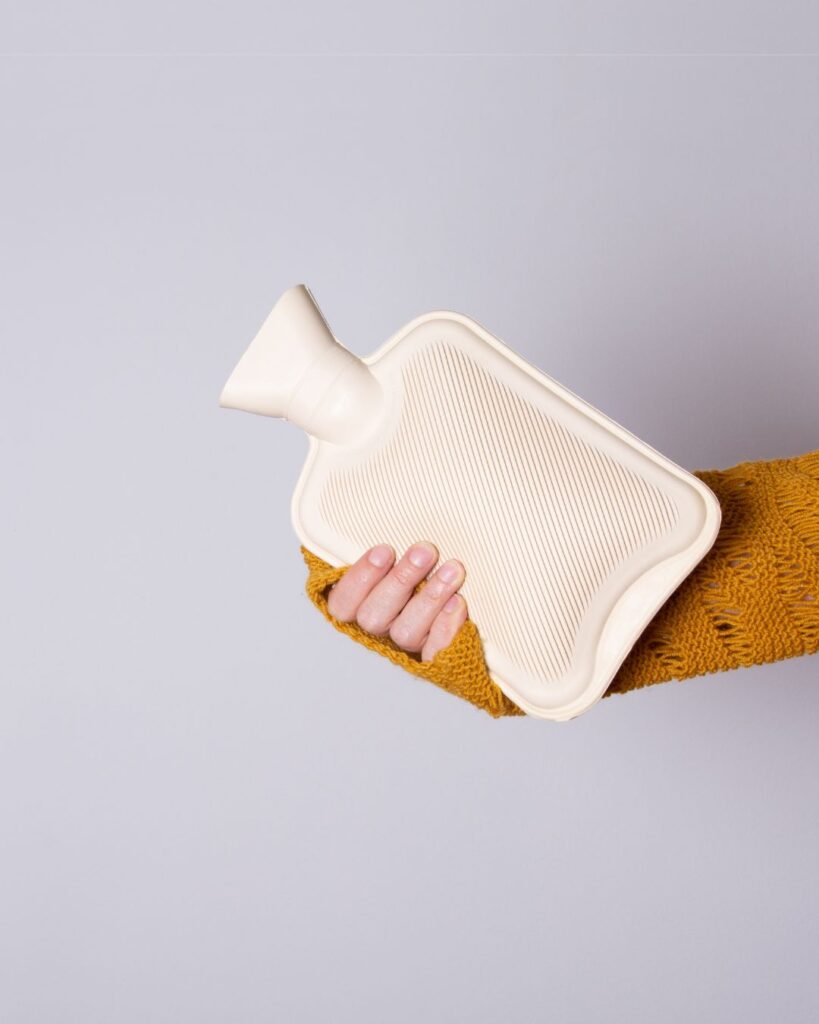Postmenopausal cramps can feel confusing, frustrating, and often dismissed. As a menopause health coach, I help women decode these symptoms and understand what their bodies are really asking for. This blog explores the causes of postmenopausal cramps, what they might signal, and how to approach them with strategic support.
You’ve stopped bleeding. You’ve done the hard work of transitioning through menopause. So why are you still cramping?
If you’ve felt that familiar ache in your lower belly or pelvis after menopause, you’re not imagining it. Postmenopausal cramps are real, and they’re more common than most women realize. They can feel like menstrual cramps, but they often point to something deeper.
What Are Postmenopausal Cramps?

Postmenopausal cramps refer to abdominal or pelvic pain that occurs after your periods have stopped for at least 12 consecutive months. These cramps may feel dull, sharp, or achy, and they can come and go or linger longer than expected.
Unlike menstrual cramps, which are caused by uterine contractions during your cycle, postmenopausal cramps often stem from:
- Uterine fibroids that didn’t shrink after menopause
- Endometriosis that persists beyond reproductive years
- Gastrointestinal issues like IBS or constipation
- Ovarian cysts or other gynecological changes
- Pelvic adhesions or scar tissue from past surgeries
Sometimes, postmenopausal cramps are benign. Other times, they’re your body’s way of flagging inflammation, hormonal imbalance, or structural shifts that deserve attention.
Why They’re Often Dismissed
Many women are told that cramping after menopause is “just aging” or “nothing to worry about.” But that dismissal can delay diagnosis and deepen confusion. As a menopause health coach, I see how often these symptoms are brushed aside – and how validating it is to finally name them.
Your body is still communicating. Postmenopausal cramps are part of that language.
What You Can Do
If you’re experiencing postmenopausal cramps, here’s what I recommend:
- Track your symptoms. Note when cramps occur, how long they last, and what they feel like.
- Rule out GI triggers. Sometimes bloating, gas, or constipation can mimic pelvic pain.
- Get a pelvic exam. Especially if cramps are persistent, sharp, or paired with bleeding.
- Support your foundation. Blood sugar swings, adrenal stress, and thyroid shifts can all influence pelvic tension.
- Don’t settle for vague answers. You deserve clarity, not dismissal.
Strategic Support Starts in the Kitchen
Your hormones don’t just respond to supplements – they respond to what’s on your plate. Blood sugar swings, inflammation, and nutrient gaps can all influence postmenopausal cramps and other midlife symptoms. That’s why I curated a hormone-friendly recipe collection to help you nourish your body with meals that support metabolic balance, adrenal calm, and gentle digestion.
FAQs
Can cramps after menopause be hormonal, even if my period’s gone?
Yes. Hormones like cortisol, insulin, and thyroid still influence pelvic tension and inflammation, even post-cycle.
Do certain foods make cramps worse?
Yes. Blood sugar swings, processed oils, and low-fiber meals can increase inflammation and tension. Strategic meals can help.
Could my cramps be related to stress or sleep issues?
Absolutely. Cortisol and melatonin influence inflammation, digestion, and pelvic tension. Poor sleep and chronic stress can amplify cramping.
A Gentle Reminder

Whether postmenopausal cramps point to hormonal shifts, structural changes, or digestive patterns, they’re worth exploring with care.
If you’re navigating these symptoms and unsure where to start, I offer personalized support to help you make sense of what’s happening, and build a plan that feels true to your biology.
You’re invited to book a free clarity call where we can gently explore what your body’s been trying to tell you.
And if you’d like ongoing insights, tools, and stories that honor the reality of midlife, join my newsletter – it’s where I share what’s working, what’s shifting, and what’s worth questioning.
+ show Comments
- Hide Comments
add a comment